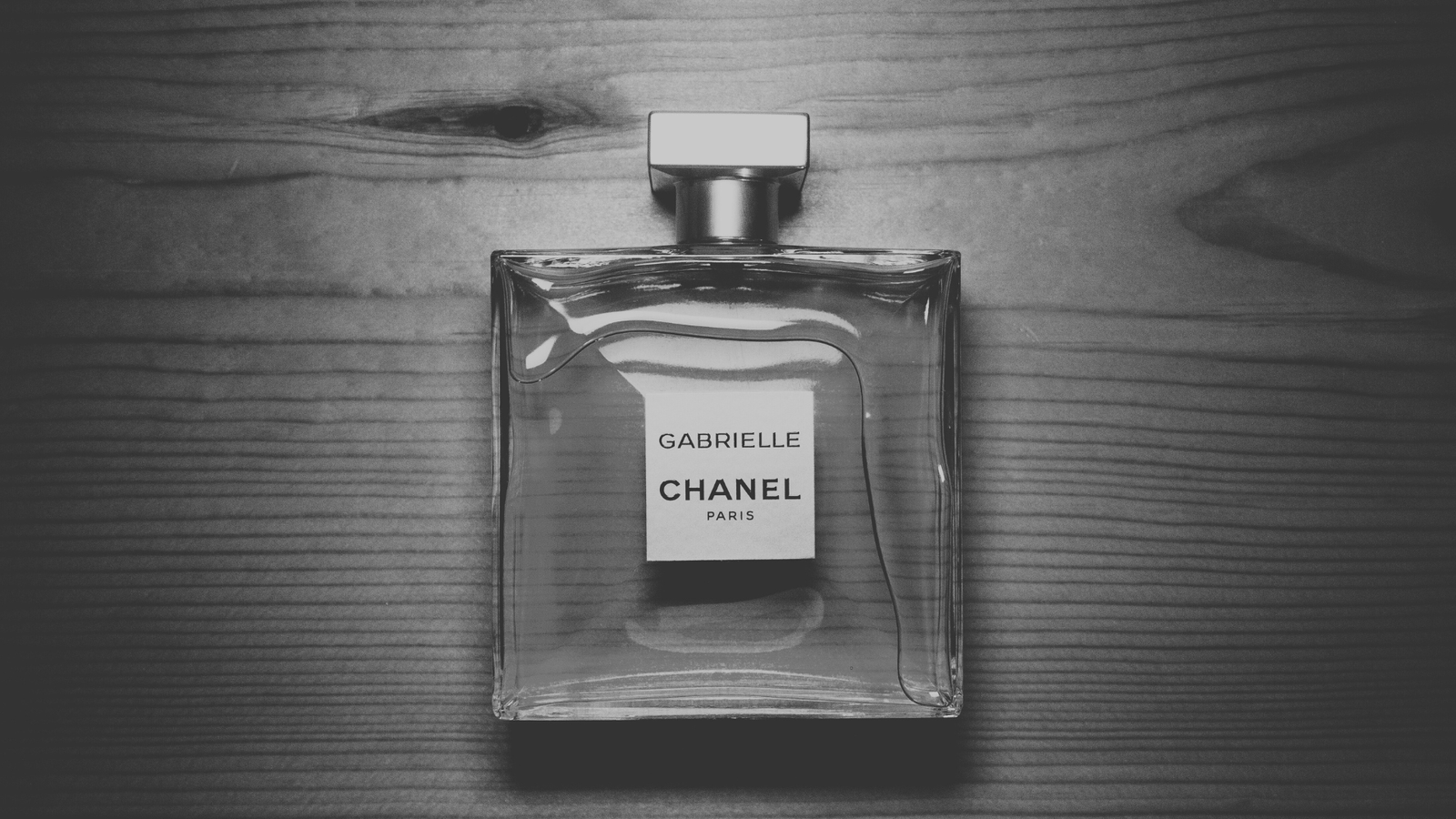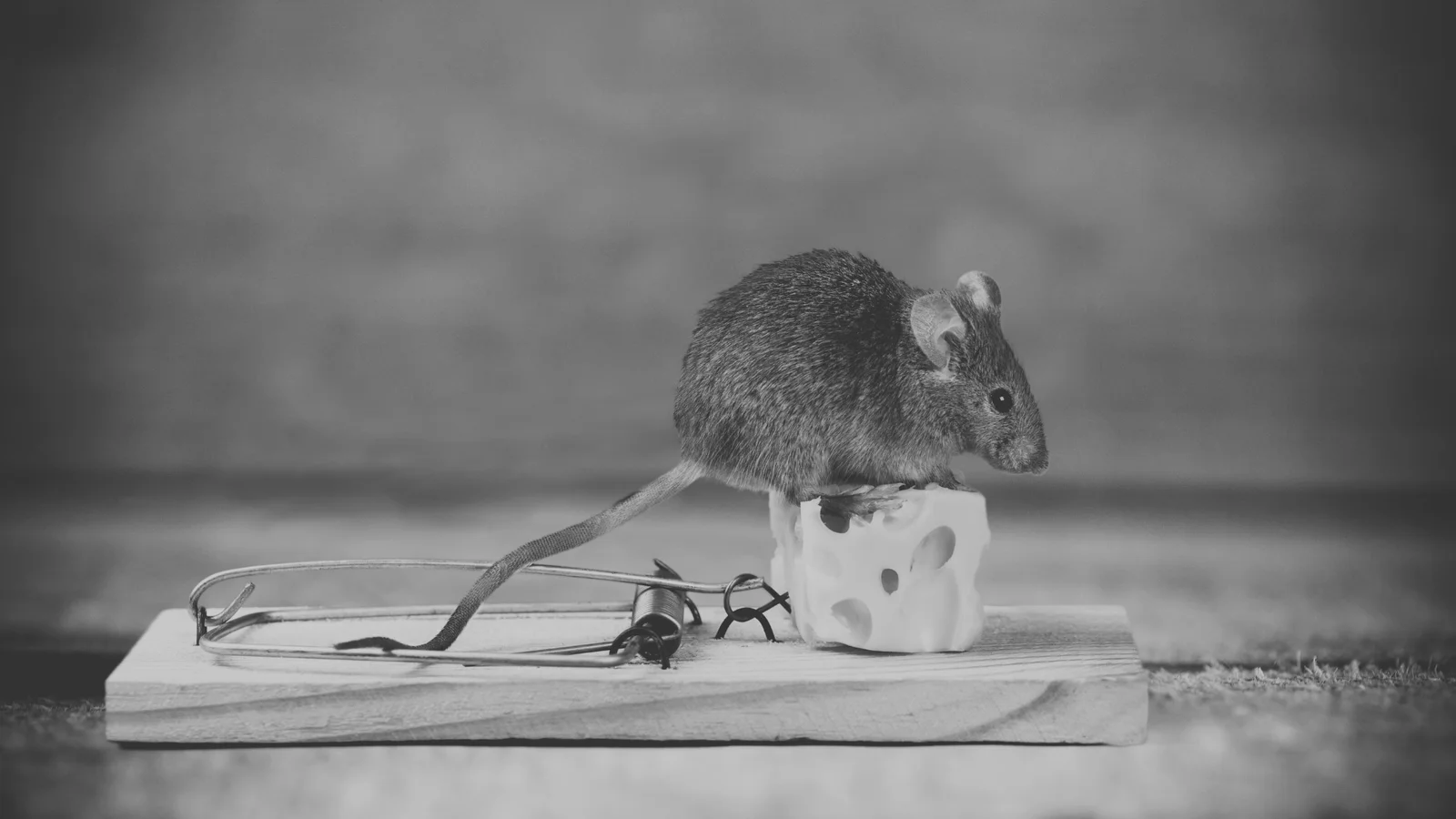Some mistakes can be fixed, but some are irreversible. Even for the ones that can be fixed, it is usually cheaper to get it right the first time around. This blog covers the 8 most common trademark filing mistakes we see applicants make when submitting new applications to the United States Patent and Trademark Office (USPTO). For each mistake, you will learn what it is, why it matters, and how to fix it (if it can be fixed).
8 Trademark Filing Mistakes
I. Believing filing grants ownership
The biggest trademark filing mistake applicants make is believing that trademark registration with the USPTO grants ownership over the mark identified in the application. That is not correct. A trademark registration with the USPTO gives the owner a rebuttable presumption of ownership of a mark, but that presumption can be negated and it only arises after a mark registers (not at the time an application is filed).
Trademark ownership comes only by way of use in commerce. That means one owns a trademark from the moment they begin using it in connection with goods or services. Since ownership comes by way of use in commerce, a person or entity can own a trademark without registering it. Likewise, a person or entity can submit an application to register a trademark that they do not own.
Appreciating this concept is crucial. Trademarks are being created daily on TikTok, Facebook, and Instagram, and the general public seems to believe that the first person to file a trademark application for the mark with the USPTO is the mark’s owner. That is not so. Filing a trademark application for a mark that you do not own can inject fraud and other complications into your application that could lead to abandonment. Ultimately, an applicant who mistakenly believes that filing first will afford them ownership of a trademark may spend time, effort, and money on a year-long process (often longer) that was doomed to fail from the start. Appreciating this trademark filing mistake will go a long way.
II. Claiming color
Every trademark applicant must submit a drawing of their mark. A mark’s drawing as shown in the application is what controls what the mark is, how the mark looks, what the specimen of use must show, and the scope of the owner’s rights in the mark. For design marks, applicants have the option of claiming color in their applications.
Many applicants mistakenly claim color when registering design marks, which can limit their rights to only the specified color or color scheme. This restriction means that any registration does not protect the mark in other colors, potentially forfeiting the benefits of a registration covering broader color usage.
Applicants often mistakenly believe that claiming color will enhance their trademark rights. Strategically claiming color may be necessary in certain situations. But most applicants should realize that they should not claim color, which will allow them to show their design mark in any number of colors, affording them broad, flexible rights in the event their mark achieves registration. Applicants who mistakenly claimed color in their initial application must request to amend their applications during examination to remove their color claims. Amendment to remove a color claim may be possible, but success is not guaranteed.
III. Submitting a .PNG drawing
The USPTO has strict requirements for the files it accepts for the drawing. Failing to follow those requirements could result in rejection of your drawing or materially alter the rights associated with your mark. As stated earlier, the drawing of the mark shows what the mark is and how it looks. The USPTO accepts .JPEG file formats for its drawings. However, if an applicant submits a .PNG file format for their drawing, the mark may show up on a black background. If this happens, any black in the mark may effectively be lost, materially changing the appearance of the mark in the application.
This trademark filing mistake happens to novices and experts alike, particularly because of the frequency of exporting a logo as a .PNG file. Avoiding this mistake may be crucial, however, since changing the drawing may be impossible after this mistake has occurred. Applicants seeking to resolve this mistake should seek to amend the drawing in their applications and replace it with a grayscale version of their mark, but they should also be prepared to be denied permission to do so.
An applicant that has been denied permission to change their drawing faces a real challenge because their application now shows a mark they have never used and presumably never intended to use. That applicant has effectively lost their application fees if they decide to abandon their application, or they will incur additional fees to find a suitable workaround.
IV. Not using TEAS Plus
The USPTO accepts trademark applications submitted via paper and applications submitted through the Trademark Electronic Application System (TEAS). Paper applications cost more, take more time, and are more burdensome to complete and submit. They are rarely used.
Most application are submitted through TEAS. Both TEAS Standard and TEAS Plus applications can be submitted directly through the USPTO’s website (uspto.gov). One of the main differences between the two applications is that TEAS Plus applications have pre-approved, standard language that applicants can use for their goods and services descriptions, whereas applicants using TEAS Standard applications must draft their own goods and services descriptions. This difference, and other differences that make TEAS Plus applications more streamlined, also result in the TEAS Plus application being $100 cheaper per international class than the TEAS Standard application.
New trademark applicants frequently submit TEAS Standard applications. Some do so because they use third-party services to submit their applications, and those services can only operate using TEAS Standard submissions. Other trademark applicants simply do not know the value of a TEAS Plus application. By utilizing pre-approved goods and services descriptions, the TEAS Plus application is not only faster, it can be less prone to mistakes that could lead to office actions later in the examination process. Save your money and use TEAS Plus. If you use TEAS Standard, do it strategically.
Also keep in mind that the benefit of the TEAS Plus application helps you and the USPTO. If you fill it out wrong, you can lose TEAS Plus status. Likewise, if you initially submitted a TEAS Standard application, there is no turning back. It is important to get it right the first time. If you get it wrong, this trademark filing mistake will result in additional filing fees.
V. Not submitting a mark translation
As stated in the previous Section, TEAS Plus applications should be used whenever possible if the applicant wants a lower cost, streamlined process, and the goods and services descriptions approved for TEAS Plus applications are sufficiently accurate. But all of these benefits will be lost if the applicant does not adhere to the requirements for TEAS Plus applications.
One such requirement is that the translation of marks containing foreign language must be included in the application. Neglecting to do this is a simple, guaranteed way to lose TEAS Plus status. Once you lose TEAS Plus status, it is virtually impossible to regain. So, if your mark contains the word CIELO, make sure you also include that it means SKY in English in the appropriate location in your application. This trademark filing mistake is often irreversible.
VI. Drafting narrow goods and services descriptions
Trademarks only exist in connection with goods and services. Describing those goods and services in your application is crucial. Applicants may describe their goods or services with broad or narrow language, and that language will determine how broad or narrow the resulting rights are for that application. For example, the goods of an application may broadly recite “tops worn as clothing,” or it may narrowly recite “tops worn as clothing, namely, formal vests sold online.”
Applicants should be careful to draft their goods and services descriptions with purpose in an attempt to achieve the level of protection they seek. Importantly, the USPTO will not allow an applicant to broaden their goods and services descriptions after submitting their initial application. Applicants may only narrow those descriptions. An applicant who mistakenly submits an application with too narrow of a goods or services description has little recourse for that application, as this trademark filing mistake often cannot be fixed.
VII. Incorrectly identifying the mark owner
Every trademark application requires identification of the mark owner. Small business owners often face uncertainty about whether they or their business owns their trademark. There is no rule of thumb, since the ownership of a trademark depends on the facts of each situation. An important consideration is use: the first one who uses a mark in commerce is generally its owner. Whether that owner is the individual, a company the individual owns, or someone else deserves attention.
The USPTO also requires trademark owners to record trademark assignments and ownership changes with it, which should also be considered. Applicants that incorrectly identify the owner of the mark in their application may receive an office action requiring “entity clarification.” A response to the office action appropriately clarifying the owner will resolve it, but the presence of this trademark filing mistake will delay prosecution of the trademark application.
VIII. Not consulting an attorney before submission
If it is not already apparent, trademark attorneys have a wealth of knowledge about the process of trademark prosecution with the USPTO. The existence of public forms and the desire to save money usually convinces most applicants to attempt registration on their own. But this can give rise to several mistakes in drafting and submitting the application, many of which may be irreversible (as described above). Even if the mistake is not irreversible, it is often much more expensive to fix these mistakes than to avoid them early.
A trademark attorney can help you avoid a number of mistakes, more than the previous 7 trademark filing mistakes of this article. That attorney can provide experiential advice, clearance searching, a protectability analysis, and other insight that a lay applicant would have no reason to know about. A business’s trademarks are its single most important assets. Protecting these assets should be done with the utmost care.



